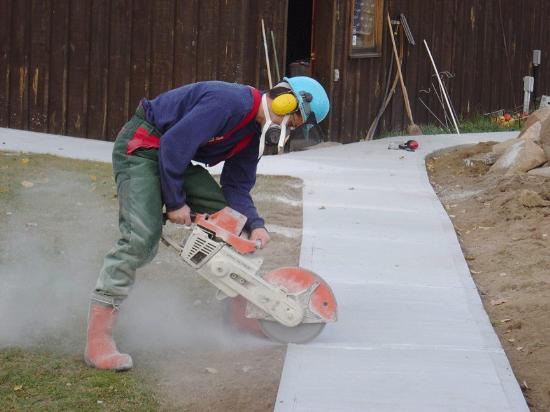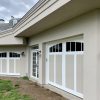Dust can be a common by-product of work activities on a construction sites. It is well recognized that dust inhalation can use cause lung disease, silicosis and other complications of the respiratory system. There are simple control measures that can be taken to help improve your health and safety when working with or around construction dust sources. The following are a few ways to handle dust on a construction site:
Site Dust – Dust created from earth excavation is common, especially on dry and windy days. In the interest of protecting workers health and property, suppressing dust has become a requirement on all jobs. There is a variety of methods to manage and control site dust here are a few suggestions:
Excavation Dust:
- Water is a common option for protecting workers from excavations by watering down the exposed surfaces on a regular basis.
- Dust Suppression Agents may also be an option as they have been developed to require less frequent application of water.
- Covering exposed surfaces with polythene or tarpaulins are effective although this method is not practical in windy areas or for large areas.
Saw Cutting, Grinding & Sanding Dust
- Water is commonly used in cutting or grinding stone, cement or rock base products that could release dust into the air. Water-based dust suppression is the most cost effective solution.
- Vacuum systems may also be used to collect the dust generated by sanding, grinding, breaking or cutting of concrete, stone, pavement or other dust generating materials.
- Workers must wear the appropriate respiratory and other necessary protective equipment at all times while working on or in the vicinity of work activities that generate dust.
General Building Construction Dust – Cutting wood releases particles (sawdust) that, unlike asbestos and silica, do not enter the lungs as easily. However, some of the modern products can generate very fine dust that can potentionally be breathed into the lungs.
- Vacuum systems can capture the dust produced by the machine and secure it in a container for proper disposal. Use removable dust collection bags with industrial grade vacuum cleaners to assist the suction of dust. Sweeping the floor is normal and good practice however, this will allow fine dust particles to float back up into the air.
- Vacuum power sanders will pick up dust from sheetrock, plaster board and paint sanding. Vacuum power sanders are very effective as they pick up the dust as you work.
Personal Protective Equipment (PPE) – The best protection against dust is to select the proper equipment and wear the proper respiratory equipment for the work application. To be effective, respiratory PPE items need to seal against the skin.
Dust on a construction site vary with the materials you are working with.
Read the Material Data Sheet if applicable and ask your supervisor for assistance.











